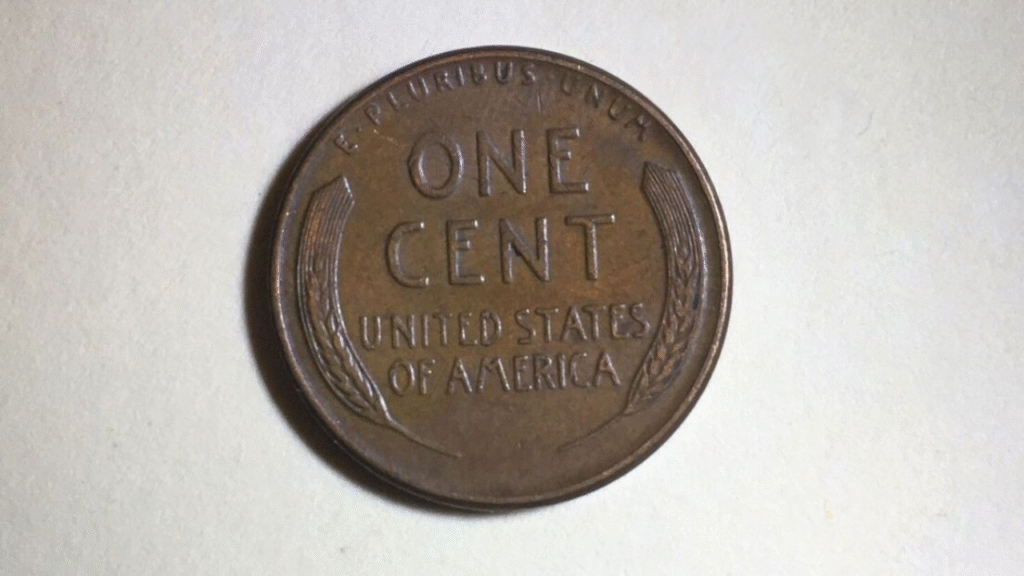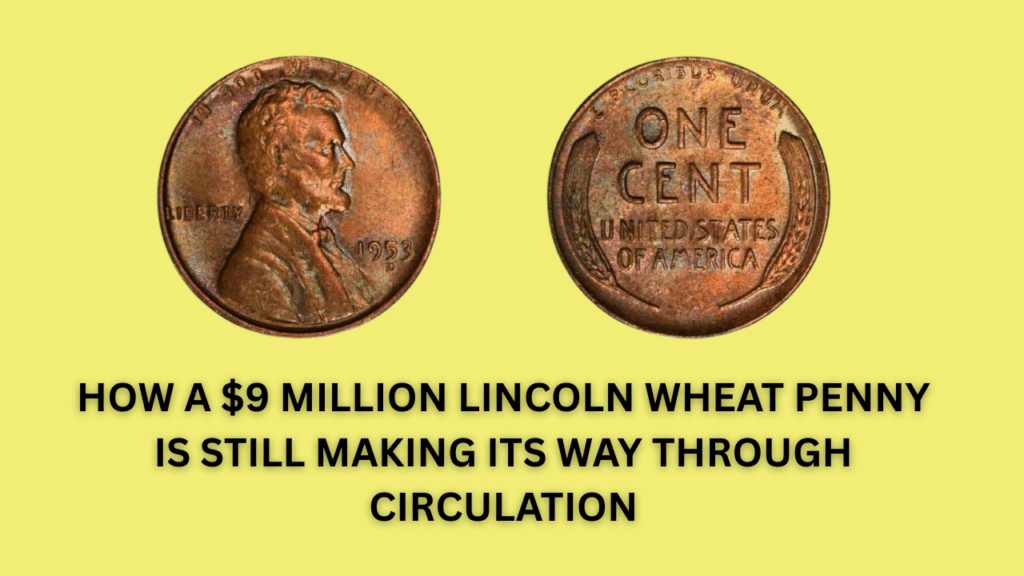Rare coins often capture the imagination of collectors and everyday people alike. Among these treasures, the Lincoln Wheat Penny stands out not just as a piece of American history, but as a coin that could be worth millions and might still be found in circulation today. This article takes a closer look at why this humble penny matters, what makes it so valuable, and how you can identify one if you come across it.
Why the Coin Matters
The Lincoln Wheat Penny is not just any ordinary coin. It symbolizes a significant era in U.S. history, introduced in 1909 to honor Abraham Lincoln’s 100th birthday. Beyond its historical value, certain rare versions of this penny have become highly sought-after by collectors worldwide. Some examples have sold for millions, turning a simple cent into a treasure.
For coin enthusiasts and even casual finders, the Lincoln Wheat Penny offers a chance to connect with the past and possibly uncover hidden value in their own pockets.
Historical Background
The Lincoln Wheat Penny, officially called the Lincoln cent, was minted from 1909 to 1958. Its distinctive feature is the “wheat ears” design on the reverse side, which earned it the nickname “Wheat Penny.” The coin was designed by Victor David Brenner, whose initials “VDB” appear on some early versions.
This penny replaced the Indian Head cent, reflecting a shift in American coin design towards honoring prominent historical figures. Over its long minting period, the Lincoln Wheat Penny saw many variations, mint marks, and even some minting errors—each contributing to its collectible status today.
What Makes It Valuable
Not all Lincoln Wheat Pennies are worth millions. Most are common and worth only their face value or a small premium to collectors. However, a few key factors can dramatically increase a penny’s value:
- Rare Dates and Mint Marks: Certain years and mint marks are scarce. For example, the 1909-S VDB penny, minted in San Francisco, is famous for its low production numbers.
- Minting Errors: Coins like the 1955 doubled die penny, where the date and lettering appear doubled, are highly prized.
- Unique Compositions: In 1943, most pennies were made of steel due to copper shortages in World War II. However, a few copper pennies from that year mistakenly entered circulation. These 1943 copper pennies are extremely rare and have fetched prices over $1.7 million in private sales.
- Condition: The state of the coin (called its “grade”) significantly affects value. Coins in pristine, uncirculated condition are worth more.
Some exceptional Lincoln Wheat Pennies have sold for eye-watering sums. The 1943 copper penny has been valued at up to $9 million in auctions, although such figures are rare and sometimes disputed. The 1909-S VDB penny can fetch anywhere from $50,000 to over $100,000 depending on condition.

How to Spot a Real One
If you think you’ve found a valuable Lincoln Wheat Penny, here are some simple tips to help you spot a genuine one:
- Check the Date and Mint Mark: Look below the year for letters such as “S” (San Francisco) or “D” (Denver). Key rare dates include 1909, 1914, 1922, 1943, and 1955.
- Metal Composition: 1943 pennies are mostly steel and magnetic. If you find a 1943 penny that is copper and not magnetic, it could be extremely valuable.
- Look for Minting Errors: A doubled die will show doubled numbers or letters, often visible without magnification.
- Weight: The 1943 copper penny weighs about 3.11 grams, while steel pennies weigh about 2.7 grams. Using a precise scale can help.
- Condition: Check for wear, scratches, and corrosion. Coins with sharp details and minimal wear are more valuable.
For accurate evaluation, consider professional grading services. Trusted companies like PCGS and NGC authenticate, grade, and certify coins, which can significantly increase buyer confidence and market value.
Real-Life Discoveries
Over the years, numerous stories have emerged of people discovering valuable Lincoln Wheat Pennies in unlikely places. Some have found rare coins in jars of old change, forgotten collections, or even at flea markets and garage sales.
For example, a 1943 copper penny was discovered in a collection in the early 2010s and sold privately for over $1.7 million. In other cases, 1909-S VDB pennies in excellent condition have surfaced unexpectedly, delighting their finders with significant financial rewards.
These stories inspire many to examine their old coins more closely before discarding them or spending them without a second thought.
Where It Might Be Hiding
If you’re in India or elsewhere, you might wonder if such coins could turn up outside the U.S. Although rare, these pennies have occasionally been found internationally, often through collectors, travelers, or coin dealers.
Locally, check old coin collections passed down through families, or ask in numismatic circles. Old coin shops or collectors might occasionally acquire or trade these pennies. Even coins in circulation can occasionally be imported unintentionally through international travel or currency exchange.
What to Do If You Think You Have One
If you believe you have a rare Lincoln Wheat Penny, follow these steps:
- Do Not Clean the Coin: Cleaning can damage the coin and reduce its value.
- Use a Magnifying Glass: Inspect for details like mint marks, date, and errors.
- Weigh the Coin: Use a precise scale for metal identification.
- Consult Experts: Visit a trusted coin dealer or join a numismatic forum for opinions.
- Get Professional Grading: Submit the coin to reputable services like PCGS or NGC for authentication and grading.
- Avoid Selling Too Quickly: Rare coins can appreciate over time, so get multiple appraisals before selling.
FAQs
Q: Are all Lincoln Wheat Pennies valuable?
A: No. Most are common and worth only a few cents or a small collector’s premium. Only certain rare dates, errors, or compositions are valuable.
Q: Can I find one in everyday change?
A: It’s very rare but possible, especially if you receive coins from U.S. travelers or collectors.
Q: How can I tell if my coin is genuine?
A: Look for details like date, mint mark, metal type, and errors. Professional grading is the most reliable way.
Q: Where can I get my coin graded?
A: Trusted grading services include Professional Coin Grading Service (PCGS) and Numismatic Guaranty Corporation (NGC).
Final Thoughts
The Lincoln Wheat Penny is much more than just an old coin. It is a window into history, a symbol of artistry, and, for some rare versions, a potentially life-changing find. Whether you are a serious collector or someone curious about old coins in your possession, it pays to know what to look for.
If you come across a Lincoln Wheat Penny, especially one from key years like 1909, 1943, or 1955, take the time to examine it carefully. With a little knowledge and some expert advice, you might just be holding a piece of history worth far more than its face value.


